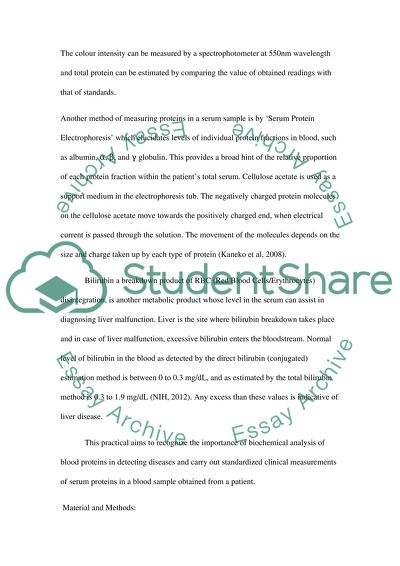Cite this document
(“Biochemical analysis of blood Essay Example | Topics and Well Written Essays - 1000 words”, n.d.)
Retrieved from https://studentshare.org/health-sciences-medicine/1460017-biochemical-analysis-of-blood
Retrieved from https://studentshare.org/health-sciences-medicine/1460017-biochemical-analysis-of-blood
(Biochemical Analysis of Blood Essay Example | Topics and Well Written Essays - 1000 Words)
https://studentshare.org/health-sciences-medicine/1460017-biochemical-analysis-of-blood.
https://studentshare.org/health-sciences-medicine/1460017-biochemical-analysis-of-blood.
“Biochemical Analysis of Blood Essay Example | Topics and Well Written Essays - 1000 Words”, n.d. https://studentshare.org/health-sciences-medicine/1460017-biochemical-analysis-of-blood.


